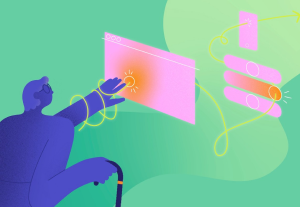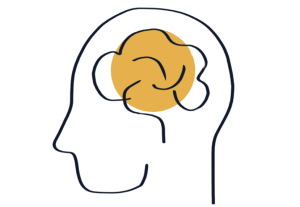- Behavioral Science, Customer Experience, Design, Design Theory, Psychology and Human Behavior, Usability, UX Education, UX Magazine
Hear me out for a second: What if we tried bee-centered design?
Article by Jesse Weaver
Human-Centered Design Is Broken. Here’s a Better Alternative
- The author questions the value of human-centered design and suggests thinking of a new approach — bee-centered design.
- The idea of bee-centered suggests that successful for human ecosystems comes more easily when you design as if you’re designing for more sensitive creatures like a bee.
- While centering the human perspective allows us to make important gains, it doesn’t scale. In an interdependent system, continually over-prioritizing the needs and desires of a single component will eventually cause the entire system to collapse.
- Bee-centered design is about shifting our mindset to open up a much-needed new perspective for the things we create.
- Reasons why bee-centered thinking is effective:
-
- The “canary in the coal mine” mentality
- Common goal
- Bee-centered design widens our view of the world
Share:Human-Centered Design Is Broken. Here’s a Better Alternative
Share this link
- July 14, 2022
6 min read







